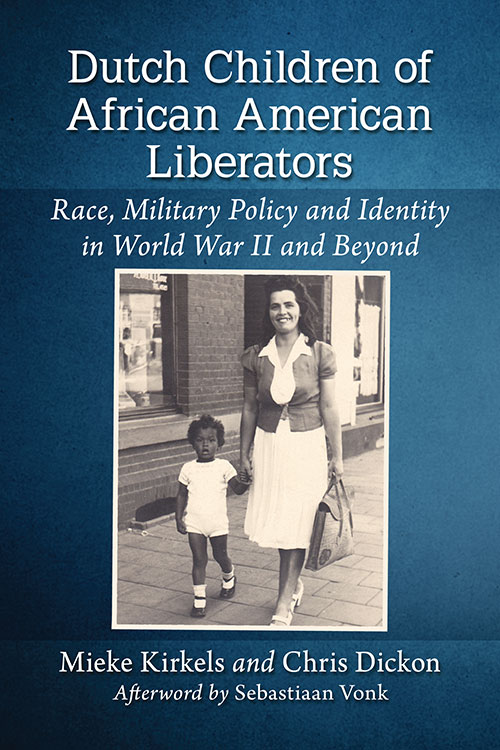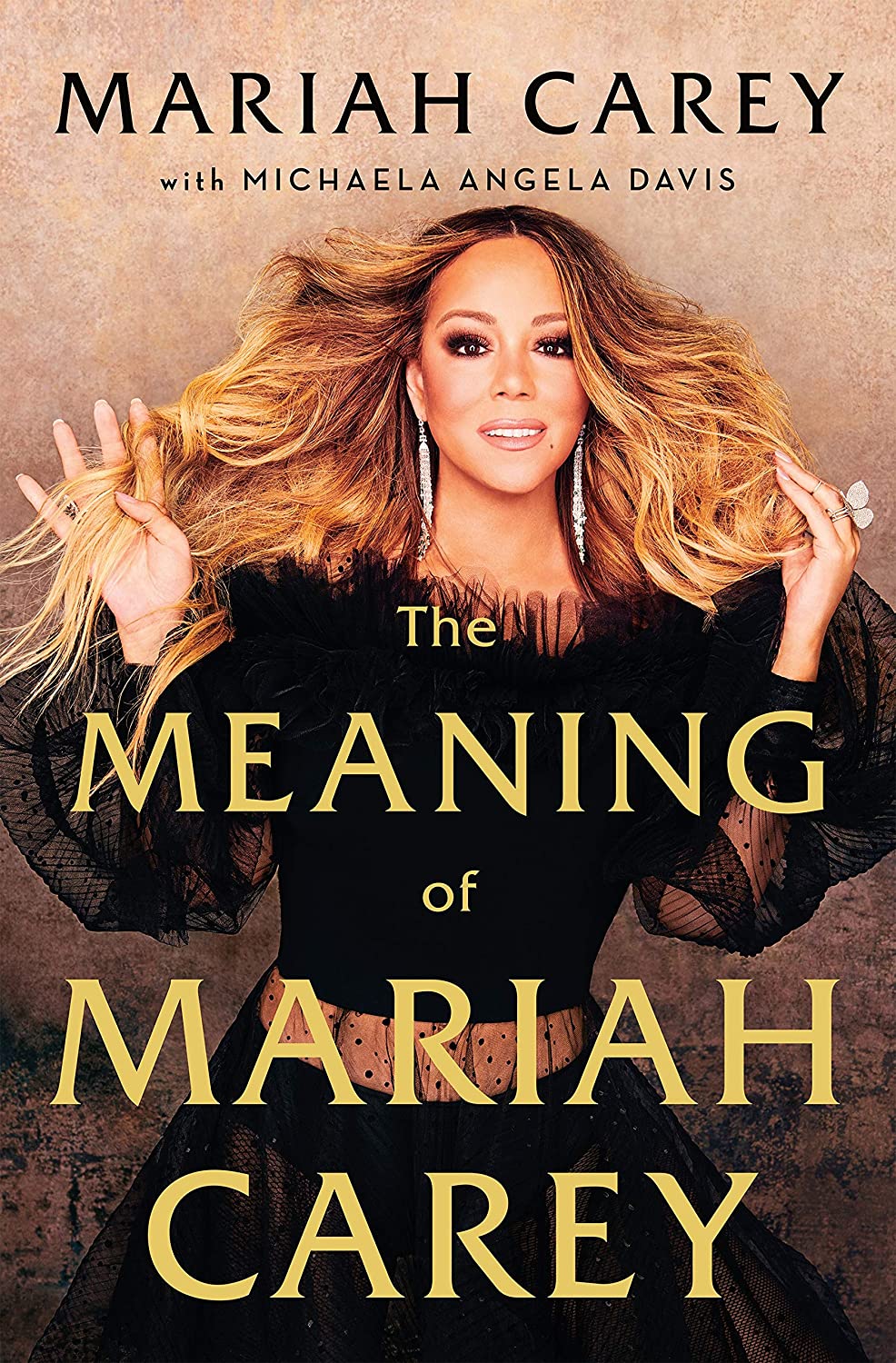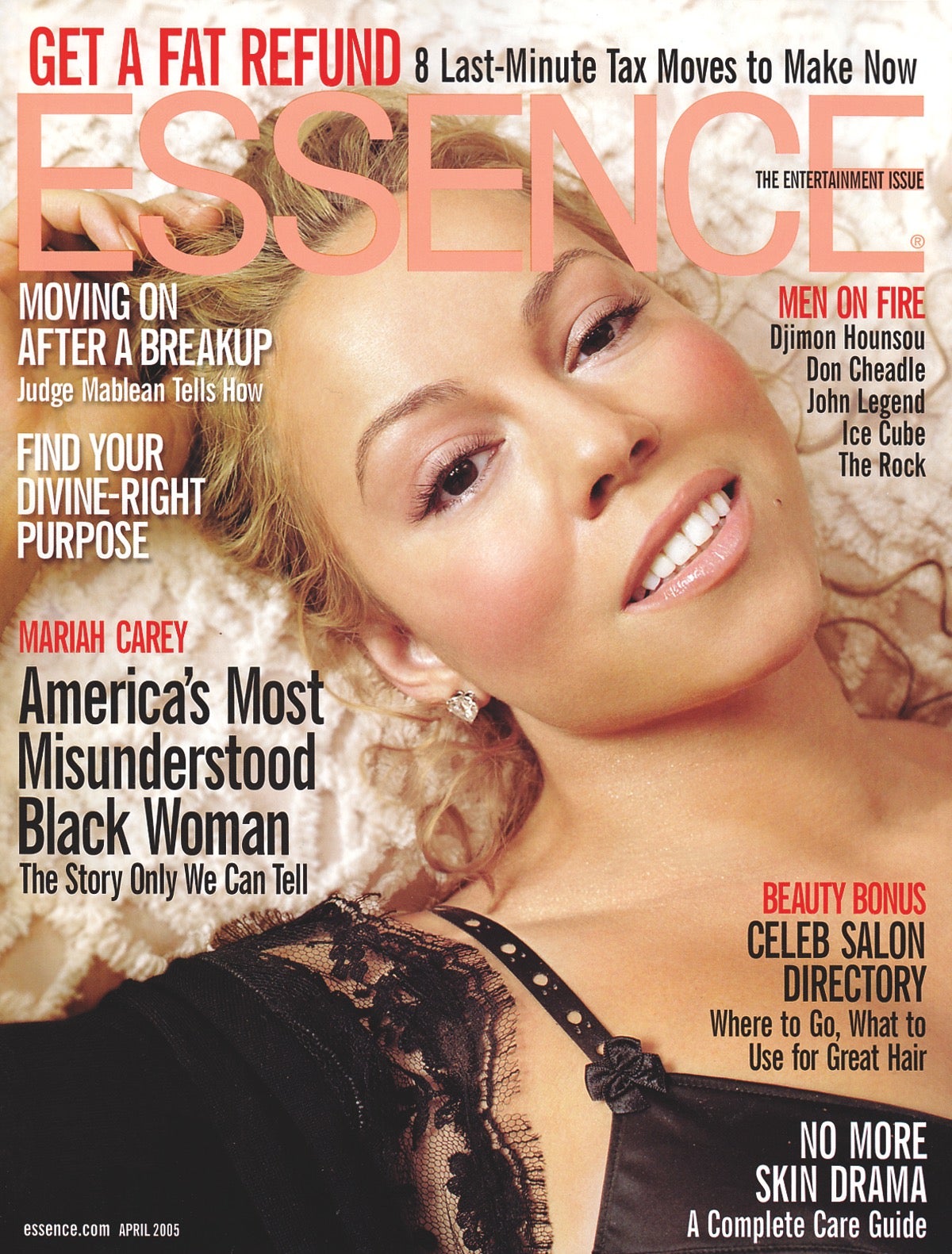McFarland
2020-09-30
50 photos, appendices, notes, bibliography, index
6×9
Softcover ISBN: 978-1-4766-7693-7
eBook ISBN: 978-1-4766-4114-0
Mieke Kirkels and Chris Dickon
- Winner, Non-Fiction: Multicultural Book Award—International Afro-American Historical & Genealogical Society
In the Netherlands, a small group of biracial citizens has entered its eighth decade of lives that have been often puzzling and difficult, but which offer a unique insight into the history of race relations in America. Though their African American fathers had brought liberation from Nazi tyranny at the end of World War II, they had arrived in a segregated American military that derived from a racially divisive American society.
Decades later, some of their children could finally know of a father’s identity and the life he had led after the war. Just one would be able to find an embrace in his arms, and just one to visit her father’s American grave after 73 years. But they could now understand their own Dutch lives in the context of their fathers’ lives in America. This book relates their experiences, offering fresh insight into the history of American race relations.
Table of Contents
- Preface
- One—War Babies
- Two—Social Reality, Military Policy
- Three—Liberation and Slavery
- Four—Aftermath
- Five—Margraten
- Six—Limited Service
- Seven—Liberation Children
- Eight—In England
- Nine—Out of England
- Ten—Occupation Babies
- Eleven—Adulthood
- Twelve—Settling Lives
- Thirteen—International Families
- Afterword by Sebastiaan Vonk
- About the Authors
- Appendix: Relevant World War II Era Law and Custom for International Marriage, Immigration, Birth Status, Adoption and Assistance
- Chapter Notes
- Bibliography
- Index







